Castell and Catalan
Of all the adventures I have had so far in Europe, exploring Barcelona has been my favorite. This weekend I went to Barcelona with Jenn, a fellow WM law student, and Laura, our coworker at IBJ. As soon as I stepped out of the train station onto the street, I could already tell I loved the city. Sometimes you can just feel the energy of a city even before you experience all it has to offer.
The first thing we saw was Casa Battló, one of Gaudí's famous works. The architecture all over Barcelona reflects Gaudí's influence, and it is absolutely striking.
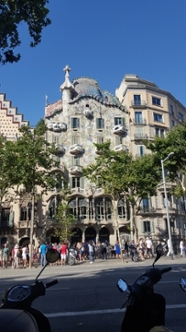
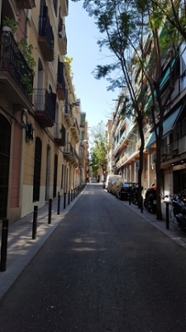
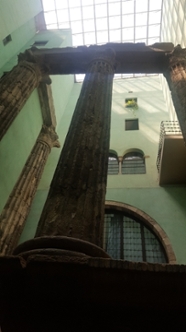
I loved the architecture, but my favorite part of Barcelona was by far learning about Catalan culture. We happened to visit the city during the Fest de Catalunya, so we got to witness two Catalan traditions. The first was a type of dance that reminded me of a combination of polka and line dancing. The music was upbeat and happy. Men and women paired off, joined hands, and danced in lines moving in between each other. Watching the dancers, who were all different ages, it was clear that they were all proud to represent Catalan culture and heritage. I wish we could have stayed to watch the Saldana, a traditional dance that represents the pride and unity of Catalonia, but we had more exploring to do!
We hopped on the hop-on, hop-off bus that took us around the city by the beach and then to Sagrada Familia, where we stopped. Sagrada Familia is a cathedral designed meticulously by Gaudí, with incredible detail and forethought. The outside of the cathedral is immaculate, but its beauty seemed to me to be marred by the construction scaffolding and cranes—the building is still under construction decades after Gaudí's death because it was interrupted by many things, most notably the Spanish Civil War. Although the construction cranes seemed to intrude upon the Sagrada's beauty, to me, they represented the turmoil surrounding not only the Sagrada Familia itself, but also Spain as a country.
After admiring the cathedral for a while, we took a bit of a hike up several hills to Park Guell, where we got an amazing view of the entire city.
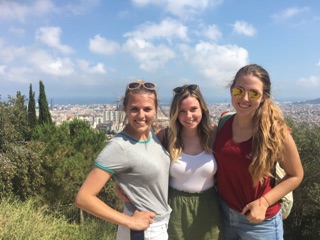
The next day, we took a walking tour of Barcelona, which I think was my favortite part of the trip. We saw the remnants of each regime change the city endured—from the Romans, to the Visigoths, to the Moors, the Catalans, all the way to the present day. We learned about the suppression of Catalan culture during Franco's regime following the Civil War, and the ongoing Catalan movement toward an independent state. And then at the end of the tour, we just happened to witness a second Catalan tradition, Castell, the sport in which members of one community literally stand on each other's shoulders to form a human tower. We walked up right as the smallest child was climbing to and reached the top. Then, just as swiftly as they climbed up, they slid smoothly back down to disassemble the tower, laughing and crying in celebration of their feat once everyone was safely back on the ground.
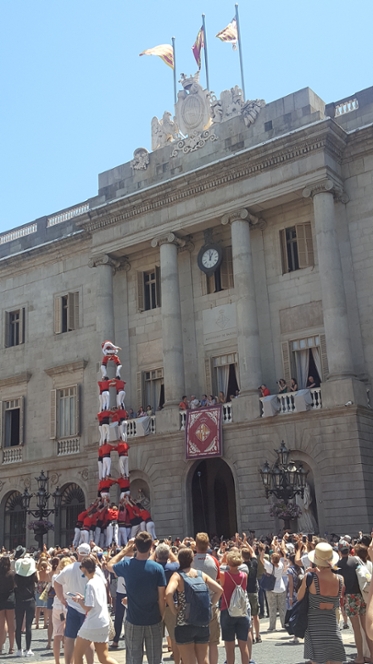
We closed out our trip with a visit to a bar where we witnessed traditional flamenco dancing, which was less like dancing and more like storytelling. Although I couldn't understand most of what the musicians were singing, the combination of the emotive qualities of the dance and the music itself were more than enough for us to understand what they were saying.
I will always remember my trip to Barcelona, and I can't wait until I get to come back someday and visit once again.
Barcelona, ya te extraño! T'enyoro, Barcelona!